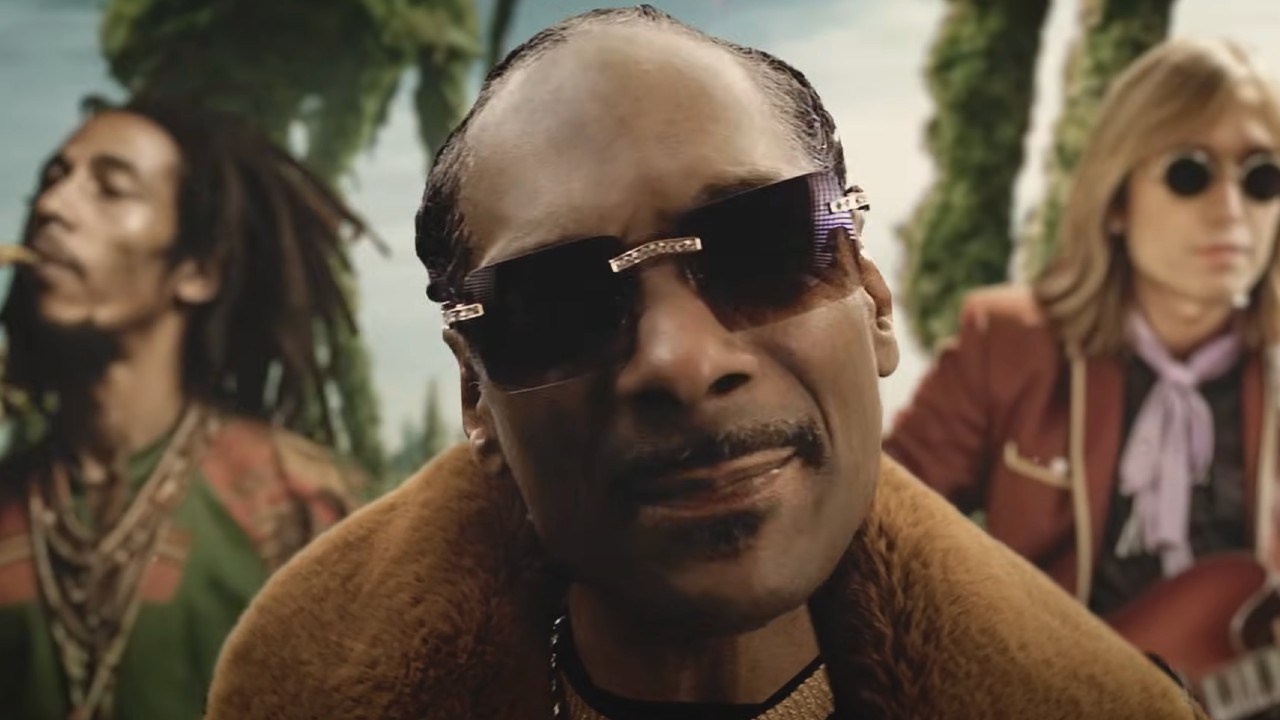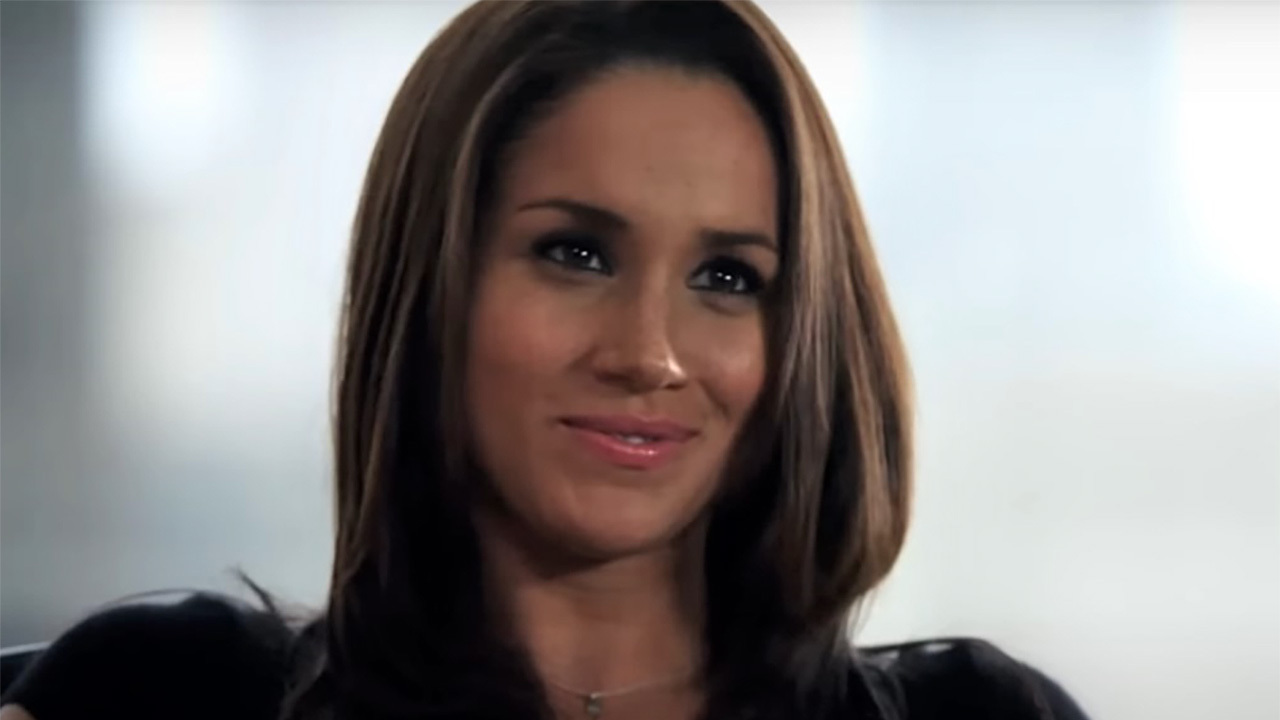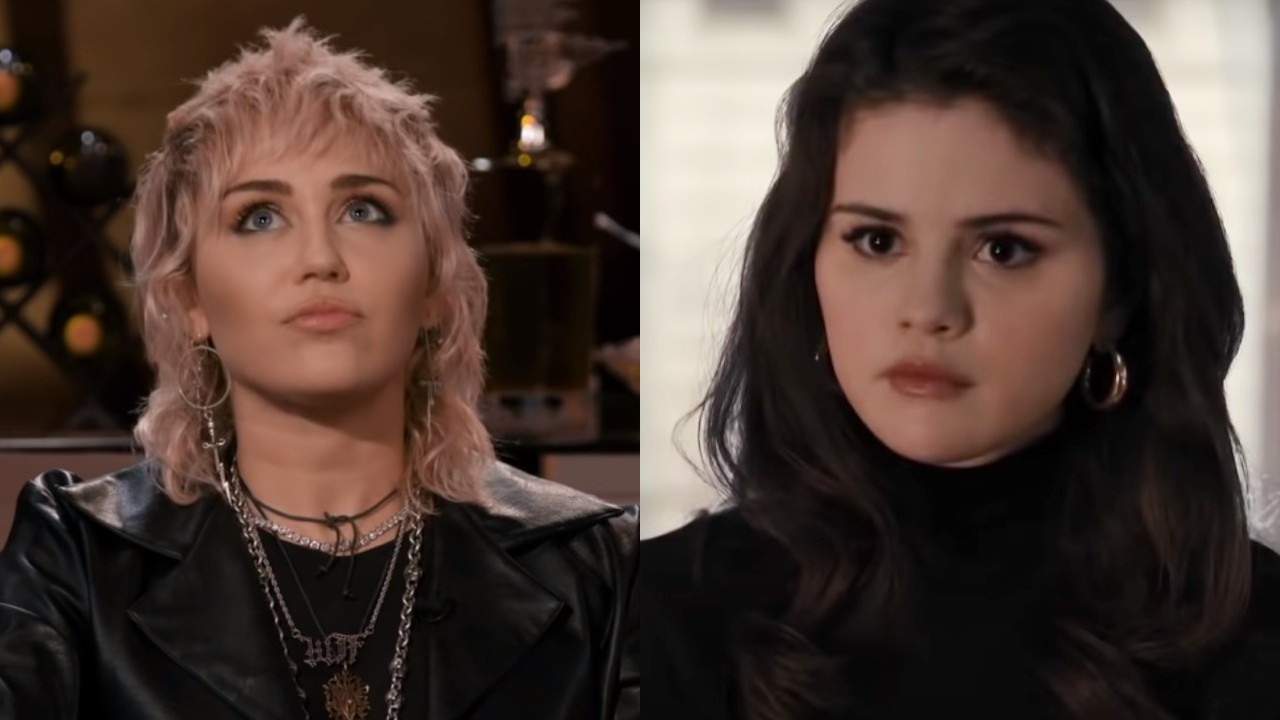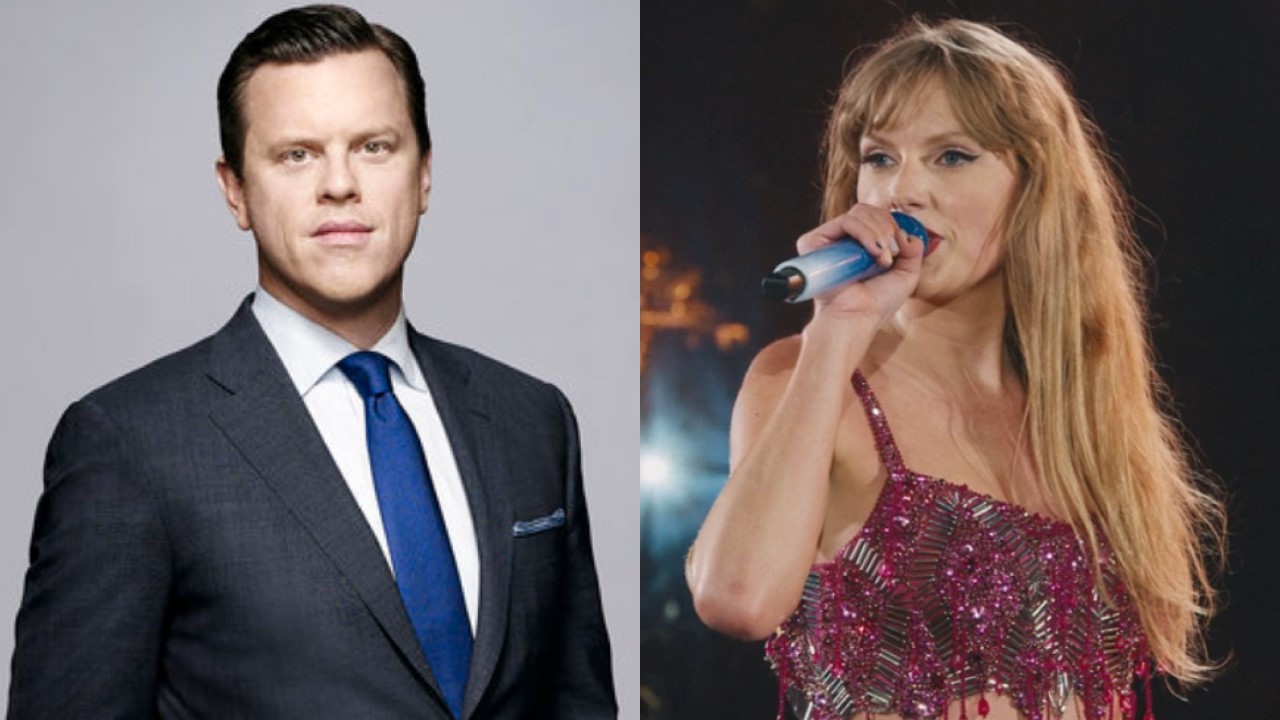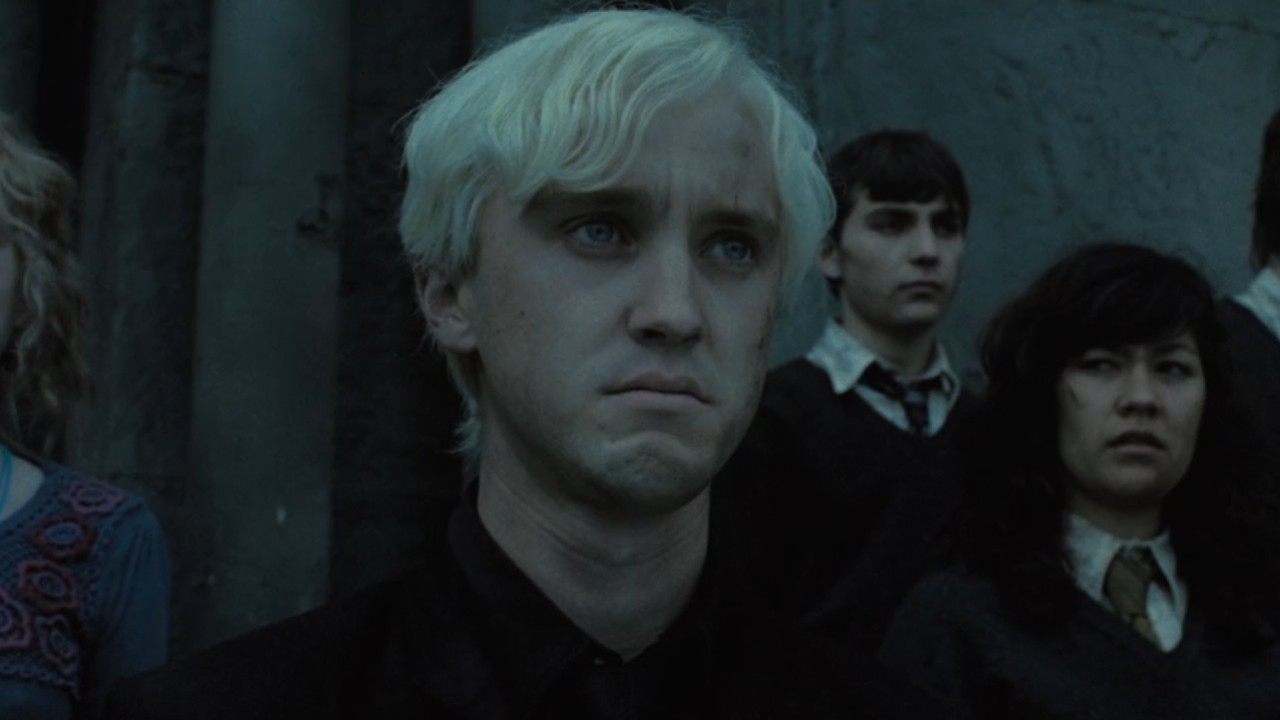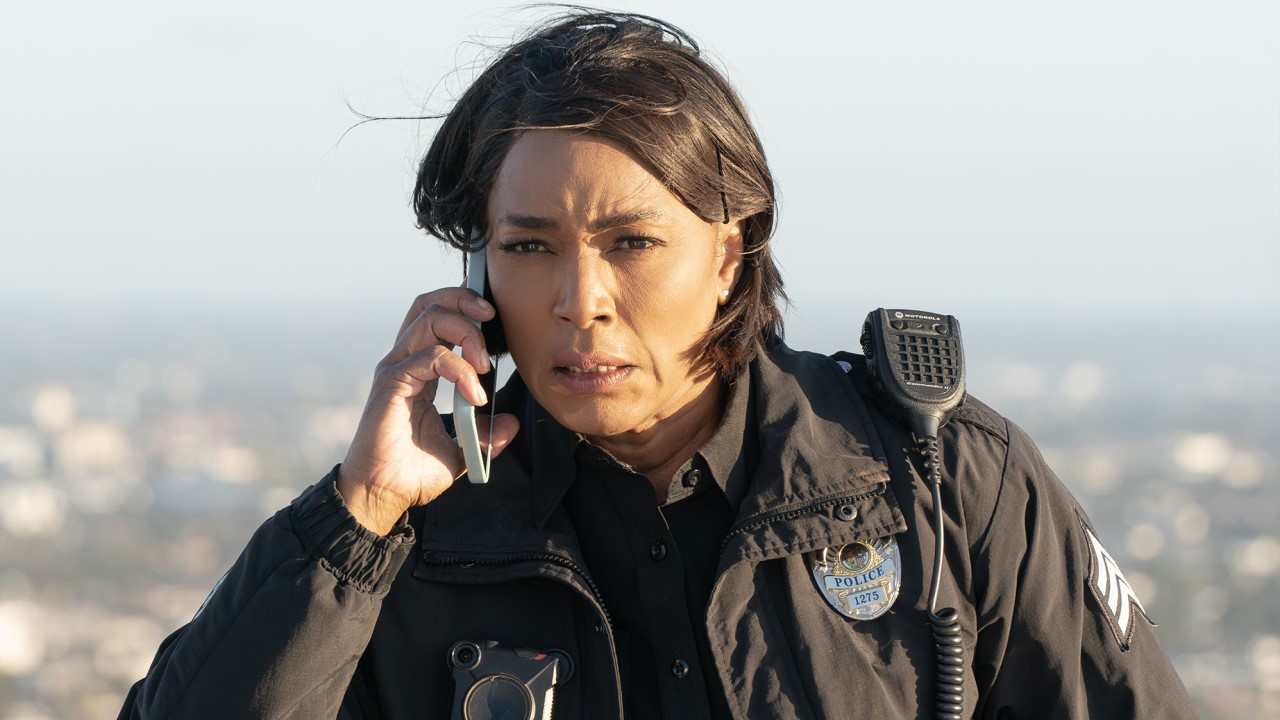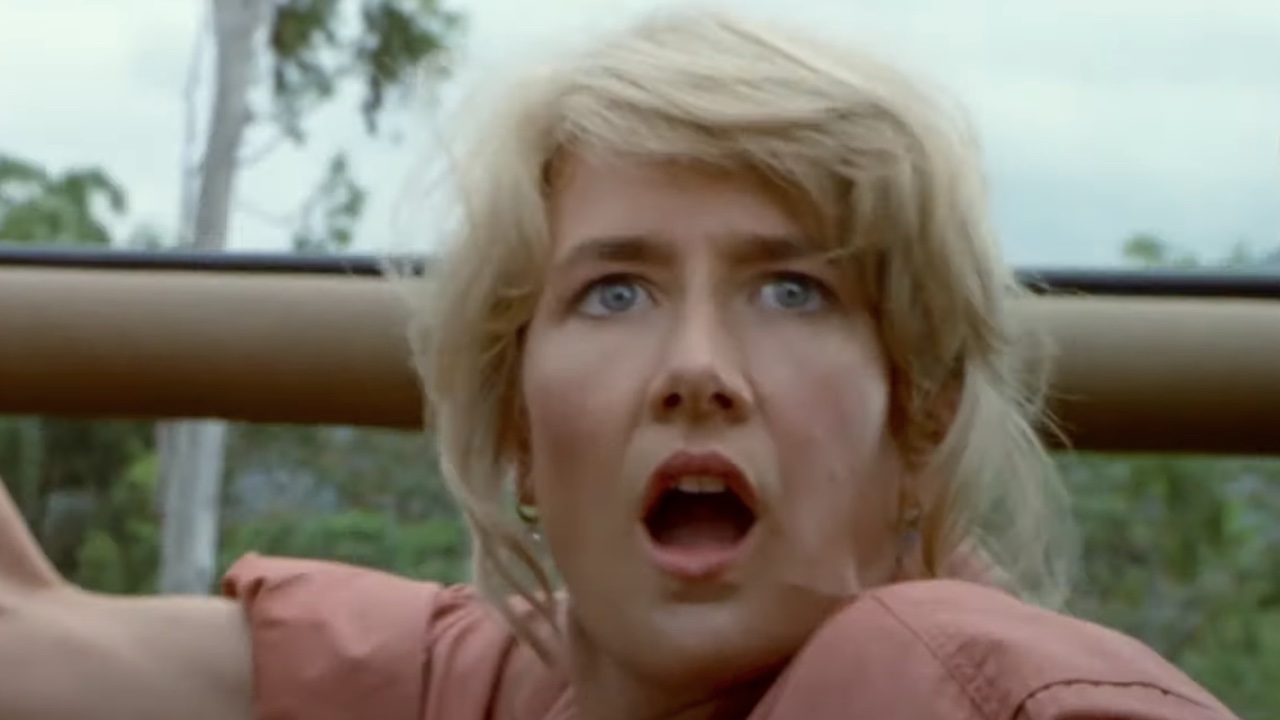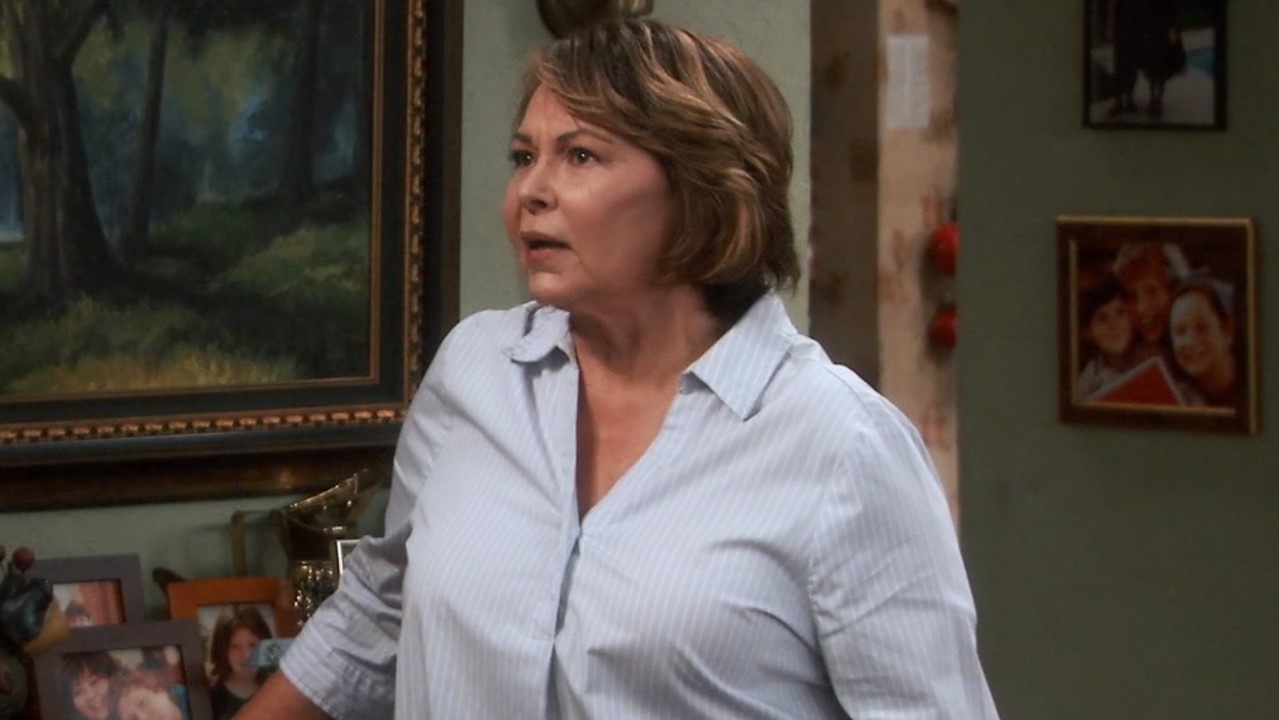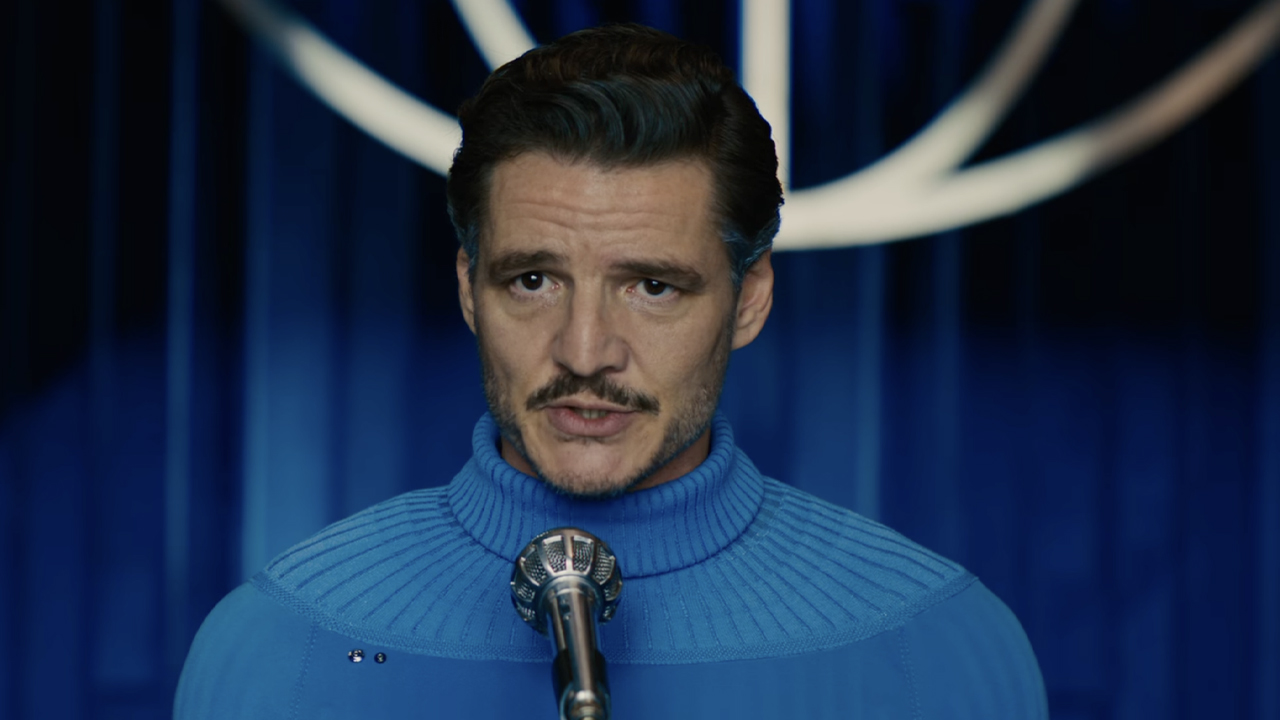Set Visit Report: Discover What Is Real In Len Wiseman's Total Recall
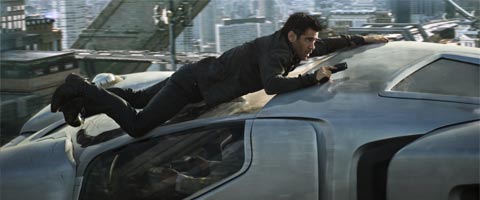
Where would we be without science-fiction? It’s a genre where reality takes a backseat to imagination and brilliant minds are allowed to shine with dreams of new worlds and the future. Throughout history people have told stories of alternate worlds where society has been changed or the human condition transformed so that we can learn something about our own ways from a new perspective. But it’s one thing to watch science-fiction unfold on a screen or on the page and another to walk inside of it, and last summer I got to do just that as a group of journalists including myself traveled to Toronto, Canada to visit the set of director Len Wiseman’s Total Recall.
Based on Philip K Dick’s short story "We Can Remember It For You Wholesale" and the 1990 film directed by Paul Verhoeven, Total Recall is about a man named Doug Quaid (Colin Farrell) who lives in a society that has been split into two giant nation states: New Asia to the United Federation of Britain. Feeling an emptiness in his life, he discovers place called Recall that implants memory vacations, Quaid signs up, but things go very wrong when it’s revealed that our hero is actually a spy who has had the memories of his past life suppressed. He then suddenly finds himself on the run not only from the government, represented at its head by the evil Vilos Cohaagen (Bryan Cranston), but also his wife, Lori (Kate Beckinsale), who has been undercover for the entire length of their relationship. Figuring out his true identity he finds himself teaming up with a rebel named Melina (Jessica Biel) and the two work to bring the entire system down.
What was most striking walking around the various stages of Pinewood Toronto Studios was the surprising ratio of practical sets versus green screen. From a giant helicopter pad with different levels and incredible detail, to the rough streets of New Asia, Wiseman and his crew have worked hard to incorporate as much real as they could to the film, which in the long should not only should help create a more grounded science-fiction experience, but also helps the movie’s actors better associate themselves with the world they have to imagine they inhabit.
"It does so much of the work for us," Farrell said about the sets. "I mean, with all of the green screen that is prevalent in the studios. If you have a look around, I am not feeling like I am stuck on this kind of inhuman island where I have to communicate with an idea, which is good because I have actors around me and stuff. But the actual space we are shooting in; the practical sets are really fucking magnificent."
One specific way of doing this was to build sets that could be used multiple times. During a tour with production designer Patrick Tatopoulos we visited featured a Red Light District city block of New Asia – which was beautifully dingy, rainy, and grungy– but the set-up wasn’t invented for just one specific action sequence or dramatic moment. Over the course of filming they were able to use the New Asia set multiple times by simply turning around and shooting from different angles and opposing directions. Helping them do it was the extreme detail of the production design, bringing the entire area to life. Wires stuck out of walls, pipes traced around corners, and bits of Arabic and Indian writing could be picked up on the acid rain-burnt signs hanging from the shops. Small as it was, though, the one set-up was used for five different major scenes throughout the movie.
In the discussion of practical designs on the Total Recall set, however, everything pales in comparison to the China Fall. Set up in the middle of Earth, the China Fall is a magnetized elevator that travels from one end of the world to the other, from New Asia to the United Federation of Britain in 15 to 20 minutes. Between takes we were brought up to the set, which was much more than just a compartment with chairs for characters to strap into. Instead everything was fleshed out with the greatest of details, with clean, white hallways and corridors leading from one area to the next, waiting stations between elevator pods, and a gimbal for the camera that was set up to imitate the experience of the China Fall changing gravitational polarity at the center of the Earth.
"We’re going to need more space in the future, how do you compress it?" said Tatopoulos. “Well, you travel with magnets. How do you go from one world system to the other? We created a magnetized elevator as well, it’s part of the action scene. We all talked to futurists, just to get a sense of what the world would be tomorrow. So, to a certain extent, we have to listen to this guy, but we’re going to have to come up with some ideas. It’s a good sign that we all look into the same place; it means that some things will start shaping up for the future."
CINEMABLEND NEWSLETTER
Your Daily Blend of Entertainment News
The China Fall also happened to be the location of the scenes we watched the production film. The first setup featured Farrell coming on to the set looking all kinds of beat-to-hell, taking out two guards, and rescuing Biel. The two then share an emotional moment that was highlighted by a take where Farrell wiped a tear away from Biel’s face and then kissed the spot where it was.
"We talk about it all the time,” Biel said when we talked to her after the scene. "It’s these little pockets of real passion, emotion, and connection in the midst of a big, huge, wild journey where we are running for our lives all of the time. Firing those big weapons are such bits of just deliciousness. It is a pleasure."
Whereas the first scene we watched them shoot featured the forces of good, the second was more focused on the antagonists. Set just after the first sequence we saw them film, the second scene began with Beckinsale’s Lori and a group of armed guards entering the same China Fall pod where Farrell and Biel were, only the two protagonists have apparently climbed out the window of the in-motion transportation vessel. Speaking to the evil Cohaagen through a phone that is implanted in her palm, Beckinsale says that she is going to go after Farrell and Biel, but is told to stop. She then turns around disappointed and sends the guards out after Quaid and Melina.
"Obviously she’s the brains and I’m the beauty," Cranston said in an interview before the scene. "I love it. When I first heard that Kate and Jessica [Biel] were in it, for some reason I thought they would do the other role. I don’t know why. Then I realized, oh that’s interesting. It’s so delicious and I know Kate is having a great time, as am I to play the bad guy. They’re always the best written roles, I’m telling you it’s so much fun."
But what does it all mean? The story of Total Recall, of course, has always left audiences wondering about the line that stands between truth and fiction – a question that Wiseman and writers Kurt Wimmer and Mark Bomback have tried to maintain in the new film – but what is the greater comment about our world today. According to producer Toby Jaffe, the fact that the movie doesn’t travel to Mars allows the new film to be more grounded and as such better reflect the class warfare angle of the story.
"We’re dealing with a more relatable class issue of haves and have nots, workers and the wealthy class," Jaffe said. "And that’s the kind of dynamic that we’re into. Classic working class people against the wealthy who control the real estate, and want to control the real estate of the planet."
If you think that’s all we got from the set of Total Recall you are mistaken. Keep checking back here on Cinema Blend throughout the week for more from our time visiting the set of the upcoming film, including interviews with the film’s stars and filmmakers. In the meantime, check out the gallery of new images below and head over to our Blend Film Database to see more from the movie.

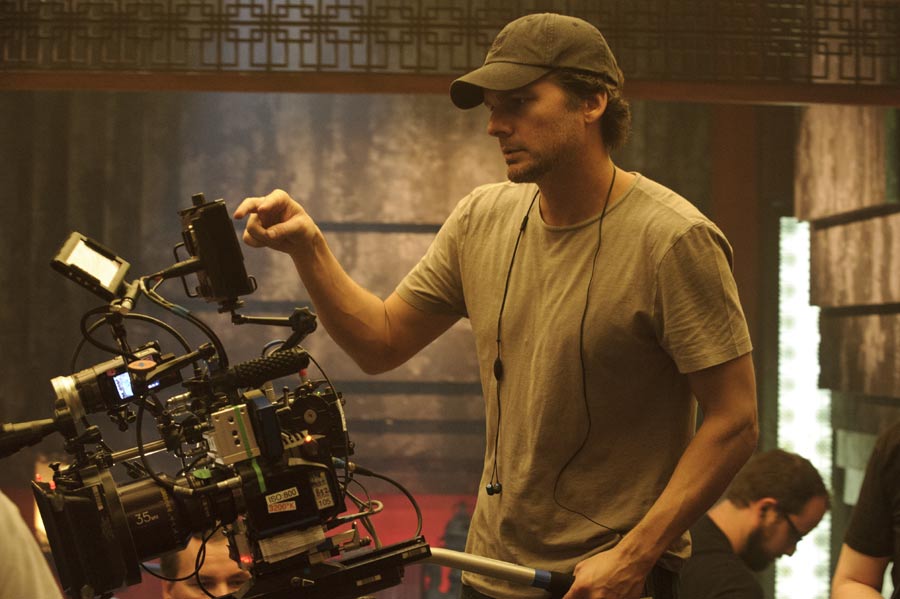
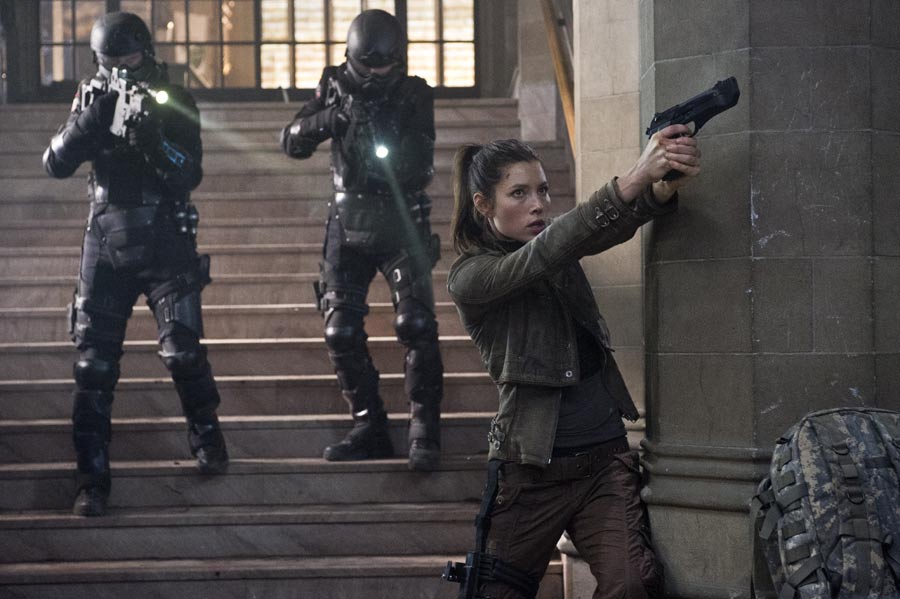
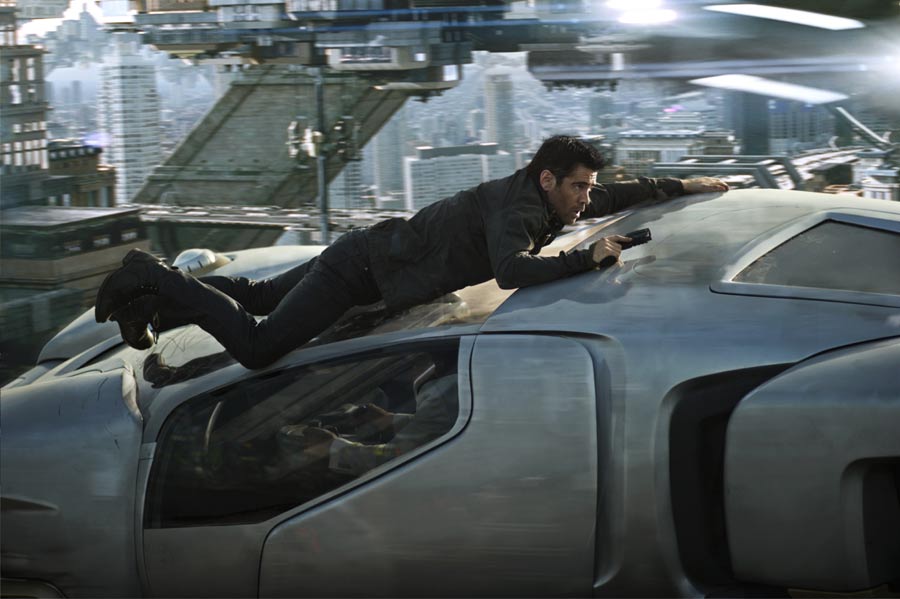
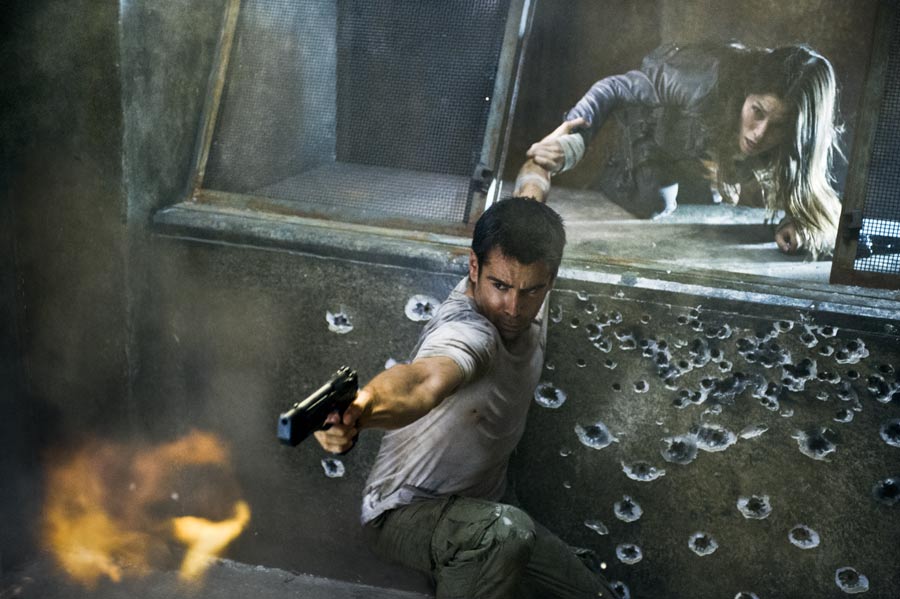
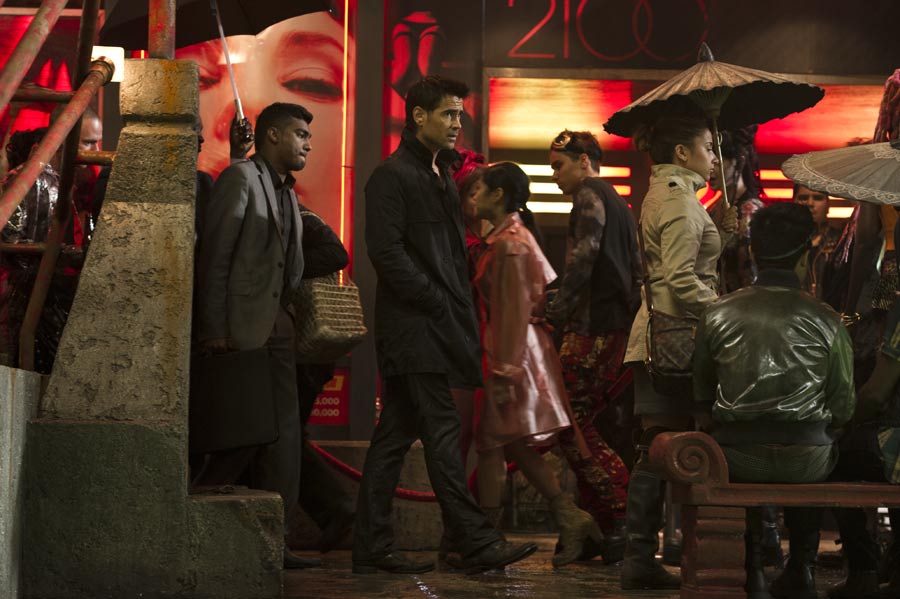

Eric Eisenberg is the Assistant Managing Editor at CinemaBlend. After graduating Boston University and earning a bachelor’s degree in journalism, he took a part-time job as a staff writer for CinemaBlend, and after six months was offered the opportunity to move to Los Angeles and take on a newly created West Coast Editor position. Over a decade later, he's continuing to advance his interests and expertise. In addition to conducting filmmaker interviews and contributing to the news and feature content of the site, Eric also oversees the Movie Reviews section, writes the the weekend box office report (published Sundays), and is the site's resident Stephen King expert. He has two King-related columns.

